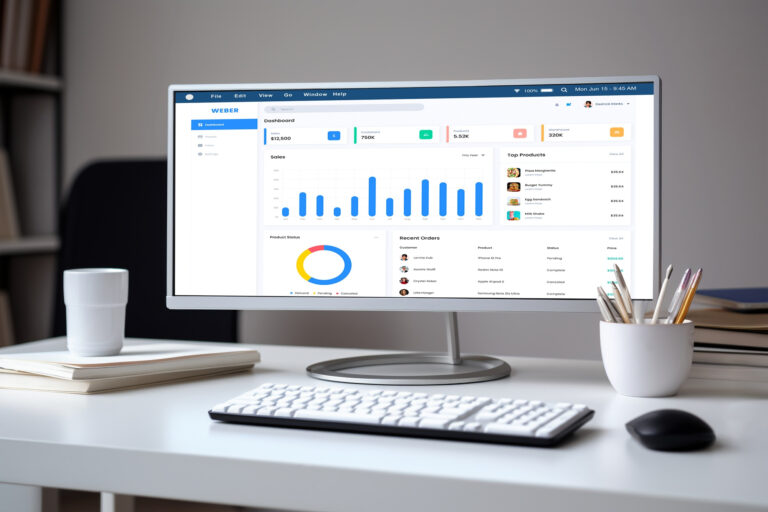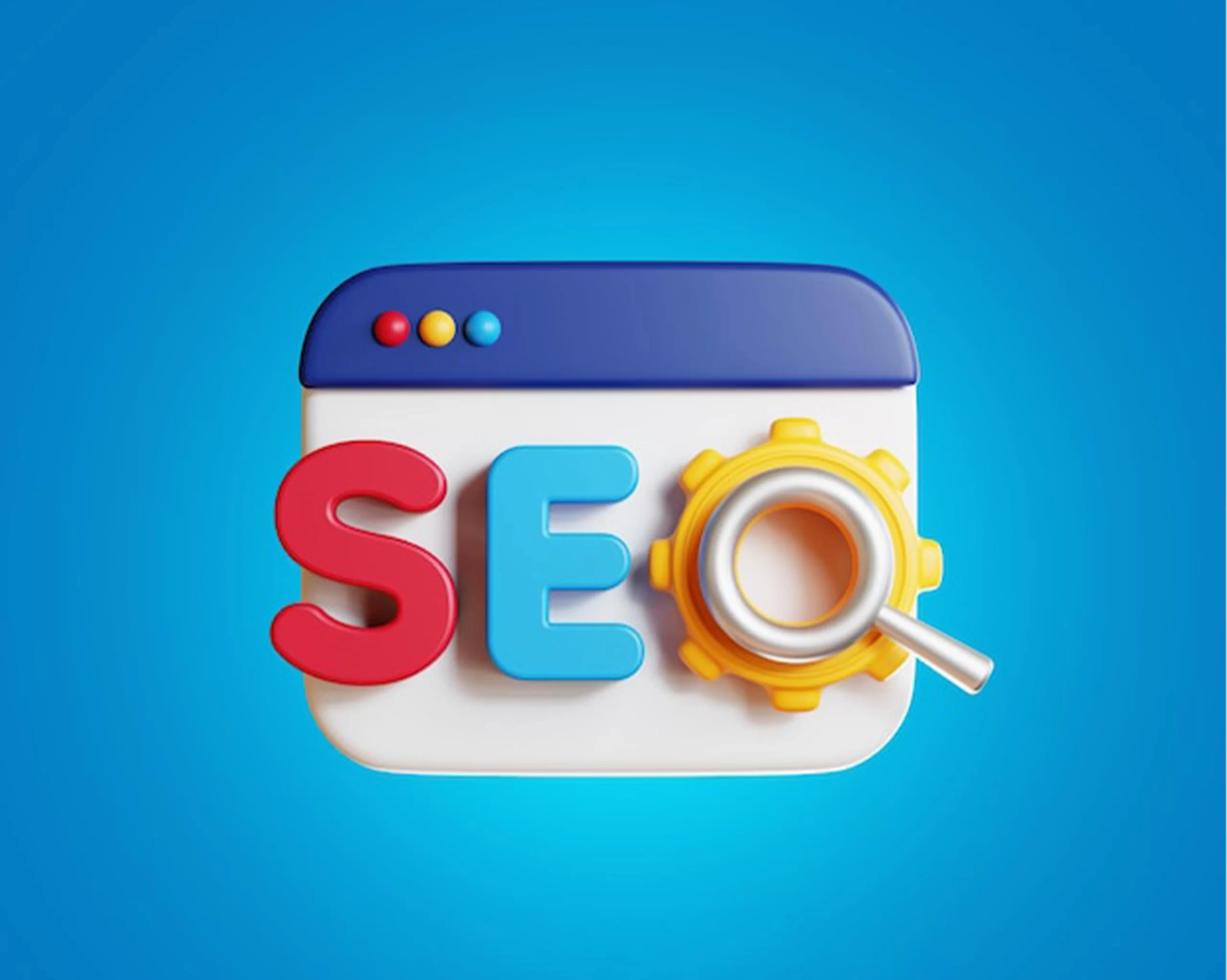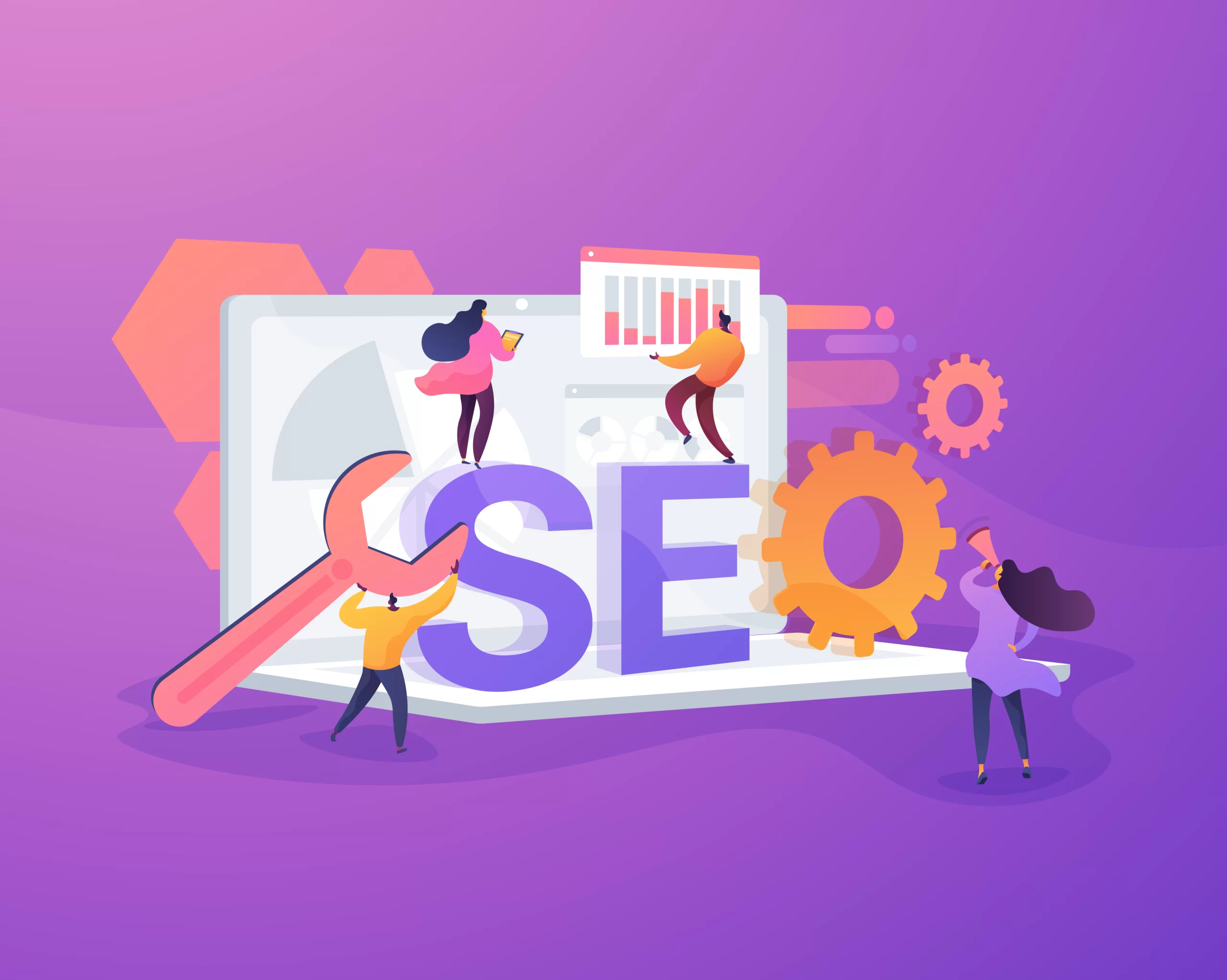Best On-Page SEO Techniques To Rank Website On Google First Page
Introduction
What is On-page SEO?
On-page SEO or on-site SEO, is the process of optimizing various front-end and back-end components of your website for better ranks in search engines and bringing in new traffic.
Its components include content elements, site architecture elements, and HTML elements. On-page SEO provides Google with all about your site and how you provide value to visitors and customers.
It helps your site be optimized for both human eyes along with search engine bots. It is known as “on-page” because the changes you make to optimize your website are visible to the visitors on your page.
Google is constantly evolving and updating its algorithm so that it can understand a searcher’s intent better and deliver search results that meet that user’s needs. So, as Google’s algorithm develops, should your website.

On-page SEO checklist
Now that we’re aware of the dire importance of on-page SEO in the world of digital marketing and ranking on search engines like Google. Let us dive into the comprehensive on-page SEO checklist below for specializing in first-page ranking.
Increased Website Speed
Increasing website speed is a crucial on-page SEO strategy essential for ranking your site on the first page of search engines like Google. Faster website speeds mean better ranking. Here’s how:
- User Experience: When your website loads quickly, visitors are more likely to stay, browse, and convert. Positive user experiences can lead to better rankings over time.
- Mobile Friendliness: With the increasing use of mobile devices for internet access, site speed is crucial. Fast-loading pages are a key aspect of mobile-friendliness.
- Search Engine Ranking: Google considers page speed as one of its ranking factors. Faster-loading pages are more likely to rank higher in search results.
What is a meta title?
If you ever wonder which On-page element carries the most weight for SEO, the answer is the title tag. Your title tag, also known as the meta title or SEO title, is a clear and concise description of your web page’s content.
It should be optimized with relevant keywords and provide a clear indication of what the page is about.
Writing strong meta titles is the key to effective SEO practices and ranking in organic search because search engines analyze these titles to examine the topic of your page and rank it accordingly.
The ideal meta title length ranges from 50–60 characters. Since Google starts to cut off the title tag after 50-60 characters, it is a good practice to keep your title tag around this length.
What is a meta description?
A meta description is a concise summary or snippet that appears below the URL in the search engine results. It serves as an advertisement for your page, providing users with additional information about the content of the web page and influencing user click-through rates.
A well-written meta title and description can significantly impact your website’s SEO, also enticing users to click on your link.
It’s crucial to craft compelling meta descriptions and keep them informative and engaging while incorporating relevant keywords. The appropriate meta description length is recommended to be around 150-160 characters long.
However, don’t depend on these lengths as Google is likely to make changes without notice when it comes to the meta description length.
What is Image Optimization?
Image Optimization pertains to creating and delivering high-quality images in the appropriate format, resolution, and size to maximize user engagement.
It also involves labeling your images with precise metatags, to ensure that the search engine crawlers can read them and understand the page’s context. Here are some ways of optimizing your images:
- Resize your images
- Use alt tags
- Make mobile-friendly images
- Optimize the image title
- Use unique images
What is Heading Tags Optimization?
Header tags, also called HTML header tags or HTML heading tags, are HTML elements for markup, separate headings, and subheadings on a webpage. In simple terms, header tags are headers on your page.
They are used to show the flow of your content and break up large chunks of text so that it’s more comprehensible for readers. Headers also highlight the important aspects of your content.
Improve your Search Engine Optimization with header tags by following these steps:
- Use one H1 header tag
- Use Headers to break up text
- Say no to keyword stuffing
- Use secondary keywords in your sub headers
On-Page SEO Plugin for WordPress
WordPress is the most popular content management system offering several plugins and tools to streamline the accessibility of On-Page SEO. Wanna know how to conduct On-page SEO in WordPress? Read the steps below:
What is Silo Structure?
A silo structure can be essential for improving your website’s search engine rankings. It involves organizing your website content into themed categories or silos, grouping related content, and creating a clear path for search engines and users to navigate your site. It improves ranking through:
- Keyword Optimization: By organizing content around specific keywords or phrases, you can optimize each silo for relevant keywords. This can improve your chances of ranking higher for those keywords.
- Internal Linking: Silos facilitate natural and logical internal linking. Internal links help distribute authority and ranking potential throughout your site, making it easier for search engines to crawl and index your content.
- Reduced Keyword Cannibalization: Siloing prevents keyword cannibalization, where multiple pages on your site compete for the same keyword. This ensures that each page targets unique keywords and improves ranking.
What is SEO Content Writing?
SEO content writing is crucial for improving your website’s visibility and ranking on search engines like Google.
This strategy involves creating high-quality, relevant, and optimized content on your website to improve your site’s visibility in search engine results pages (SERPs). Here’s how it can be useful:
- Quality and Relevance: Search engines like Google prioritize content that is informative, valuable, and relevant to users. Creating high-value content will likely attract and engage visitors, resulting in longer time spent on your site and reduced bounce rates.
- Fulfilling Search Intent: SEO content should aim to answer the specific questions or needs of the target audience. By doing so, you align your content with the search intent of users, increasing the likelihood of your pages appearing in the relevant search results.
- Technical SEO Elements: SEO content writing includes optimizing meta titles and descriptions, and improving the chances of your pages getting clicked when they appear in search results. Also, proper use of header tags (H1, H2, etc.) in your content structure helps search engines understand the relevance of your content.
What are Open Graph Meta Tags?
Open Graph Meta Tags are snippets of code that control how URLs are displayed when shared on social media. Just as Schema helps search engines comprehend the content on websites, Facebook created an Open Graph Protocol to convert web properties into rich objects.
Like Schema, it is a markup that needs to be added to every page of your website so that Facebook and other social networks can read & understand your page and also display it largely on their platforms. They bring more social media traffic to your site through:
- Producing more eye-catching content in social media feeds.
- Showing people what the content is about at a glance.
- Helping Facebook comprehend what the content is about and increase your brand visibility through search.
We create inspired websites that entice your customers and expand your brand identity. Here’s your chance to create the site of your dreams.




